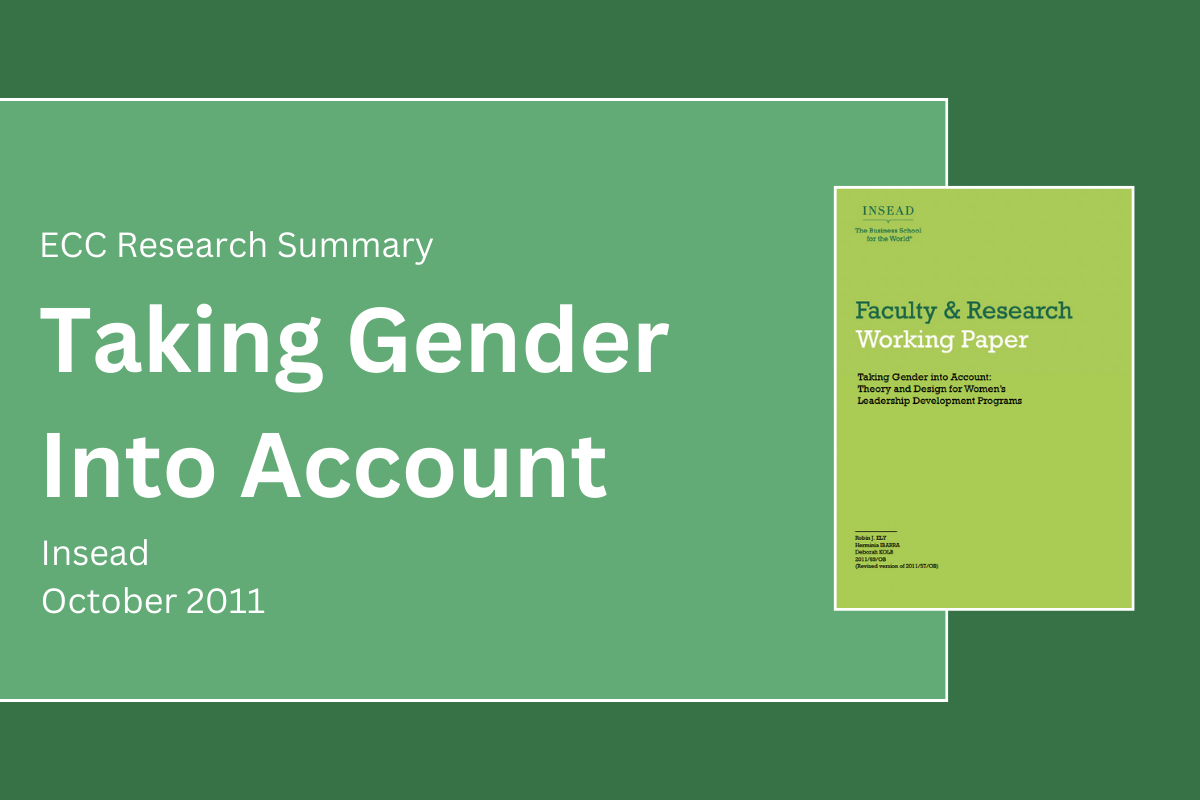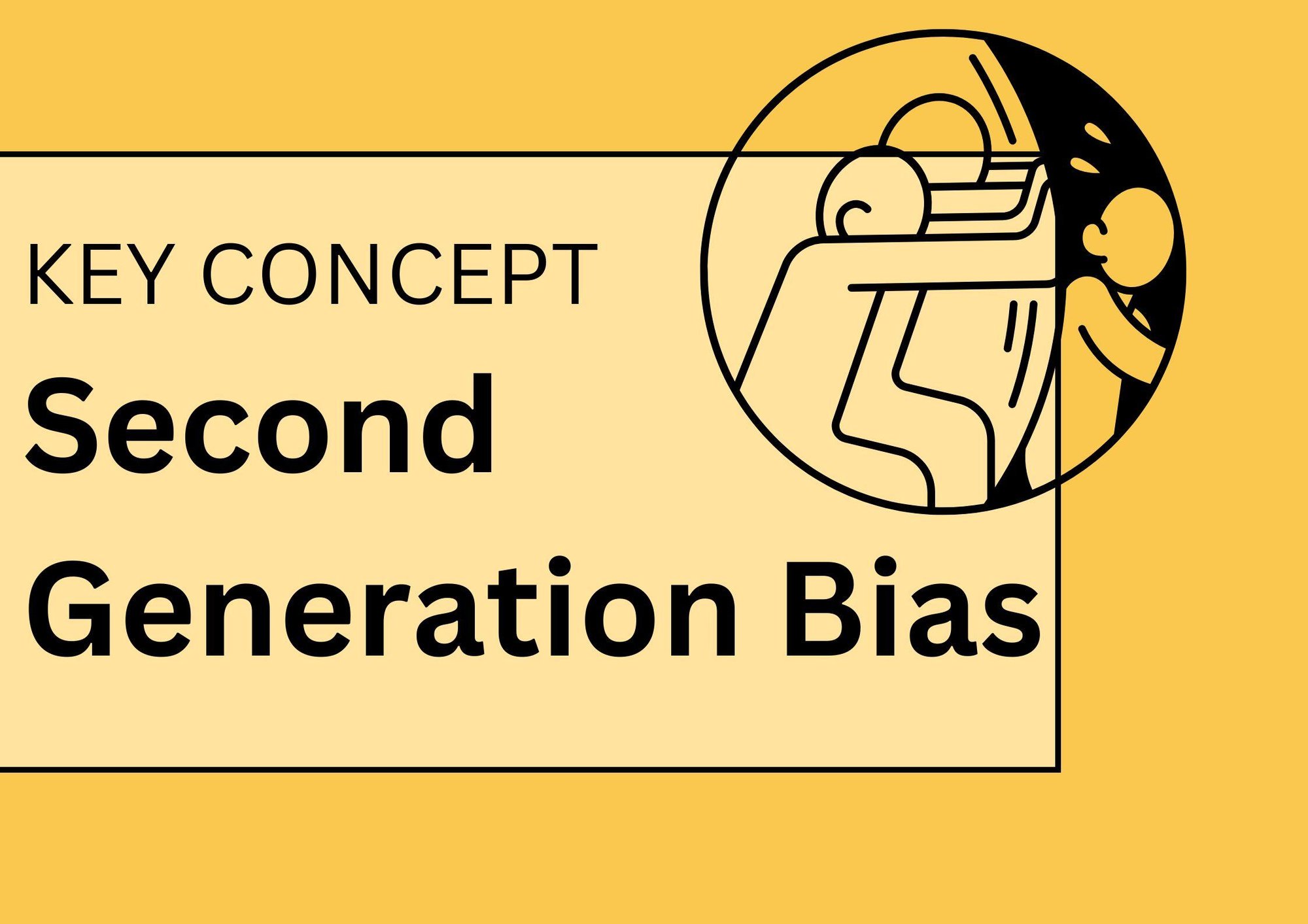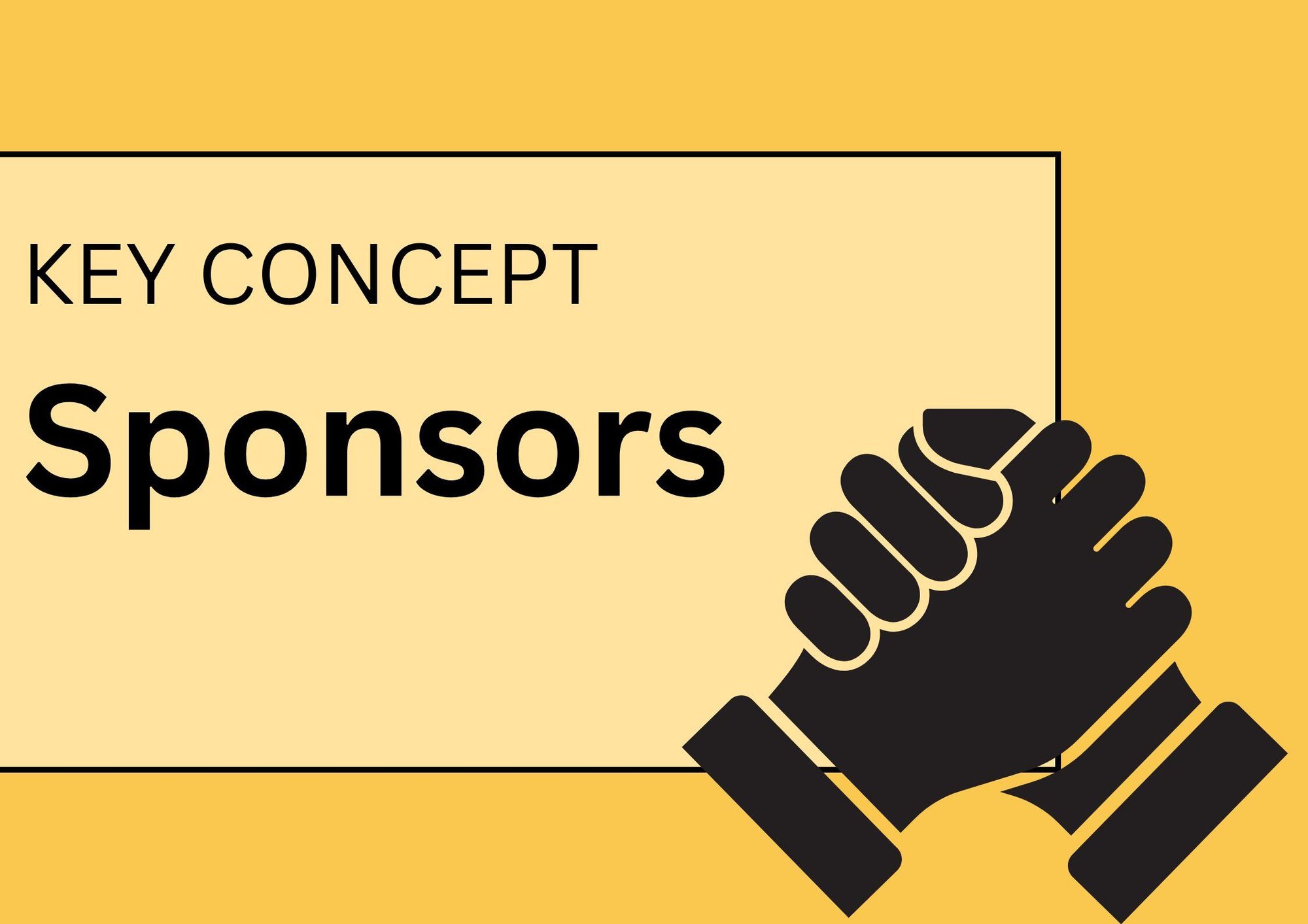2 min read
“Potential” and the Gender Promotion Gap for women
A Summary of the Promotion Bias Women Face Despite the strong performance of women in the workplace, their progression into senior roles...
Insights to help leaders and organisations thrive and drive growth & inclusion.
Geraldine Gallacher Keynote Speaker
Speaker, podcaster, author and master coach.
Our resource hub for working parents, carers and managers navigating work-life balance.
Real stories from leaders driving inclusion & equity in today’s shifting world.
Fortnightly insights on leadership, equity & the future of work. For senior leaders & curious thinkers.
A monthly digest of the shifts shaping how we lead and work.
3 min read
 Phoebe Rees | Research & Impact Manager
:
Sep 11, 2024 9:21:54 AM
Phoebe Rees | Research & Impact Manager
:
Sep 11, 2024 9:21:54 AM

Leadership programmes have become a key component of the development opportunities major organisations offer their senior leaders. While both men and women participate in these programmes, the outcomes remain unequal, as women continue to be underrepresented in senior leadership roles. Despite leadership development initiatives, women hold only 10.4% of CEO positions in Fortune 500 companies. This research explores the persistent underrepresentation of women in leadership and examines why these programmes fail to bridge the gender gap at the executive level. It is argued that not all leadership programmes are created equal. In fact, traditional programmes can sometimes have a detrimental impact on women leaders.
Leadership programmes as Identity Work
The paper reframes leadership programmes as identity work, crucial for supporting individuals to discover their leadership identity to help them into the next stage of their career. Through this perspective, they analyse and ultimately demonstrate how the male-centric lens through which traditional programmes have been designed from, reinforce a male-centric perspective, these programmes neglect the challenges women encounter, fail to address the systemic obstacles shaping their leadership trajectories, ultimately hindering their ability to fully discover and develop their leadership identity.
This paper reframes leadership programmes as identity work, helping individuals discover their leadership identity to enable them to progress to the next stage of their career. Through the focus on identity, it analyses and demonstrates how traditional programmes, developed from a male-centric lens reinforce a narrow view of leadership. Consequently, these programmes overlook the challenges women face, failing to address the systemic obstacles that shape their career trajectories, and ultimately stifle a woman’s ability to fully discover and develop their leadership identity. If developing and internalising an identity is as central to becoming a leader as theory suggests, then gender bias will inevitably disrupt and undermine a woman’s learning process at the core of this developmental cycle.
Impact of Gender Bias in Leadership Programmes
It is argued that failure to address gender barriers stems from second-generation bias, where powerful yet invisible obstacles arise from cultural beliefs about gender. For example, focusing on leadership behaviours typically associated with men subtly reinforce the notion that women are less suited for leadership roles.
Why Women’s Leadership programmes are Essential
Through this analysis and subsequent conclusion, the paper argues a clear rationale for developing women-only leadership programmes that must escape the pitfalls of victimising or blaming women, and instead, focus on their empowerment and agency.
Conducting identity work in a women’s-only environment is pivotal to ensuring it isn’t disrupted by gender bias that exists in a mixed environment. Traditional leadership topics such as negotiation, networking and feedback can be reinterpreted through second-generation bias and create a ‘fix the women’ approach to leadership development. Because of the invisible and relatively insidious nature of second-generation bias, to escape false reinterpretations of leadership is incredibly hard and so removing the possibility for it is the needed.
Engaging in identity work within a women-only environment is crucial to ensuring it remains free from the gender bias present in mixed settings. Traditional leadership topics, such as negotiation, networking, and feedback, are often framed through the lens of second-generation bias, reinforcing a ‘fix the women’ approach to leadership development. Given the invisible and insidious nature of this bias, escaping these distorted interpretations of leadership is incredibly difficult- eliminating the possibility for them is essential.
Challenges Faced by Women in Leadership
The shortage of women, especially women of colour, in senior leadership makes for fewer female role models for aspiring leaders. For the few female role models who do exist, they are more visible and face greater scrutiny than their male counterparts. This makes them more risk-averse and prone to micromanaging, which not only damages their reputation but removes them from their core values and their sense of purpose—diminishing their leadership identity. This shortage of senior women means there is a lack of sponsors and networks for them, as the research finds that male sponsors tend to sponsor more men than women—further widening women’s networking gaps and limiting advancement opportunities for them.
To address this, programmes should focus on network building to enhance women’s access to job opportunities and establish platforms of influence and reputation. This provides emotional support and practical advice, helping reinforce the iterative process of women developing their identity and expanding developmental relationships.
Mitigating Second-Generation Bias in Women’s Leadership Programmes
To read more research summaries on women’s development in the workplace, visit:
Women’s Progression in the Workplace Summary
Click here to learn more about Women’s Development Programmes: 6 Lessons from Designing Women’s Development Programmes
Click here to learn more about Inclusive Leadership: Intro to Developing Inclusive Leaders

Second Generation Bias is a form of discrimination women experience in the workplace. It is more subtle and typically perpetuated through stereotypes and organisational systems. Click here to find out more.

The Double Bind is essentially the stigma women face when they pursue leadership: they become stuck between a rock and a hard place, locked into a bind. Click here to find out more.

Sponsors publicly advocate for others that they back, helping them progress in the organisation. Click here to find out more.

2 min read
A Summary of the Promotion Bias Women Face Despite the strong performance of women in the workplace, their progression into senior roles...

1 min read
Second Generation Bias Explained Second Generation Bias is a form of discrimination women experience in the workplace. Rather than ...

1 min read
What does the Double Bind mean for women in the workplace? This concept has been used for decades in social psychology, but in application to...